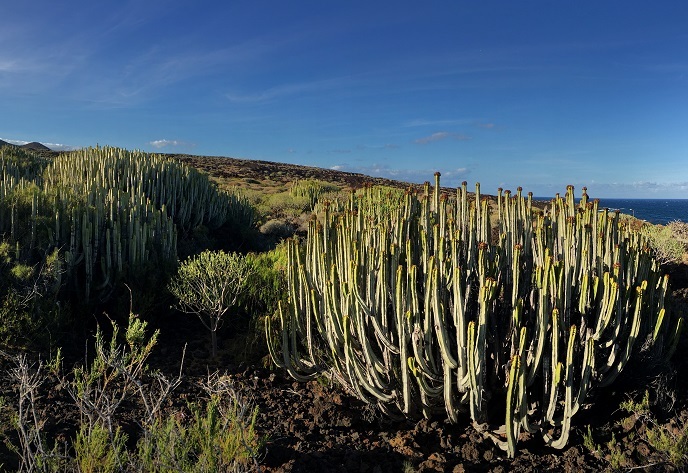Palaeoenvironmental DNA paints a picture of human impact on the Canary Islands
The ISLANDPALECO(opens in new window) project was launched with the aim of improving knowledge on past environmental dynamics on islands while assessing the timing and extent of human impact and to provide pre-human ecological baselines. To this end, research partners implemented new and traditional palaeoecological techniques on the Canary Islands.
Novel approach returns first-of-kind insights
“ISLANDPALECO provides a view to the past of Canarian key ecosystems that would be difficult to study without combining a set of palaeoecological proxies, including the novel analysis of palaeoenvironmental DNA (PalEnDNA, DNA originated from ancient organisms, mixed in an environmental sample),” Lea de Nascimento, project coordinator, elaborates. Preliminary results showed how the analysis of PalEnDNA can be implemented outside cold regions. “This is completely novel for oceanic islands and regions alike, where long-term records are difficult to find and study. By implementing PalEnDNA analysis, both taxonomic resolution and detection of taxa were significantly improved,” she adds. The first to use this approach for lowland ecosystems in the Canaries, project findings offer insights into their past dynamics. These include the fact of intense agricultural activities having modified coastal ecosystems during the historical period and decline in tree cover from some ecosystems with scant evidence of past forest occurrence. Interested to know how much of this information would be useful for efforts targeting restoration and conservation, the team discovered significant interest in the application of results from palaeoecological research into conservation management. This holds especially for providing baselines for the natural dynamics of both vegetation and fire regimes before the islands’ human colonisation.
Overcoming the challenge of environmental conditions
Given environmental conditions on the islands are not ideal for PalEnDNA conservation, paleoenvironmental samples did not yield high concentrations of PalEnDNA. As such, de Nascimento says the project’s most significant achievement is that they “managed to obtain PalEnDNA from some of the sampled arid sites, which is a novelty on regions outside Arctic and temperate regions, and in particular on subtropical islands.” The project’s experiences and approach could be implemented in other European archipelagos and worldwide on other islands whose palaeoenvironmental reconstructions are limited by unsuitable preservation conditions. The advances made by ISLANDPALECO in improving PalEnDNA recovery and applying its analysis in such regions can improve knowledge on the impacts caused by island settlers since early times. As de Nascimento states, “the resulting information on past environments and ecological baselines is key to being incorporated into ecological restoration and conservation management practices.”
Ongoing discovery and dissemination
Results have been presented to the academic community as well as stakeholders on the ground. A recent publication, ‘Human impact and ecological changes during prehistoric settlement on the Canary Islands’(opens in new window), with de Nascimento as lead author, offers a review of previously published data, fulfilling another project aim. Intent on continuing the work on Canary Island palaeoenvironmental samples, the fellow has set her sights on improving the methods for difficult samples like those collected from Canary Island sediments. This will be approached by applying new protocols and exploring other materials that can provide information on animal diets in the past.







